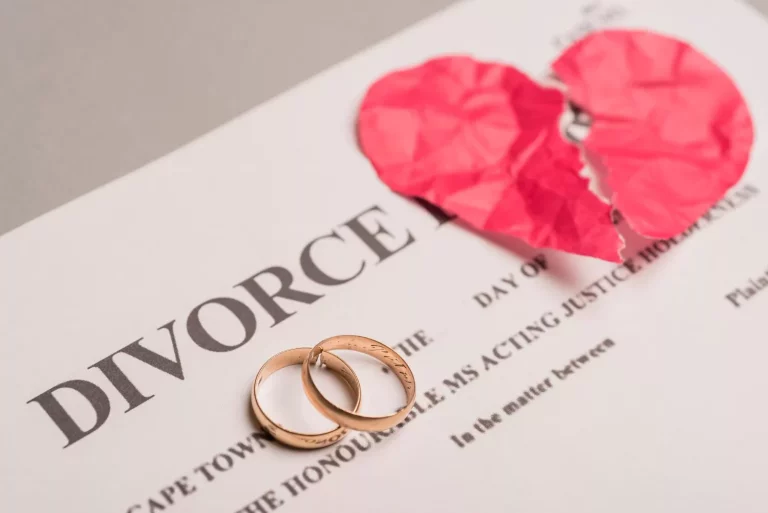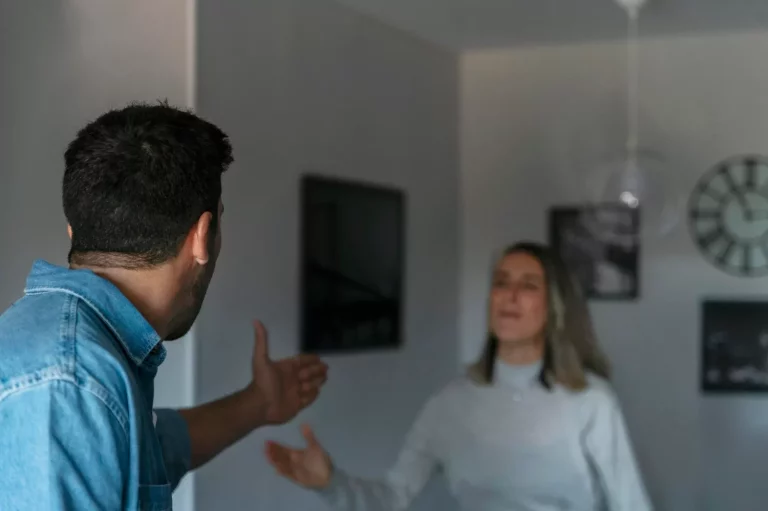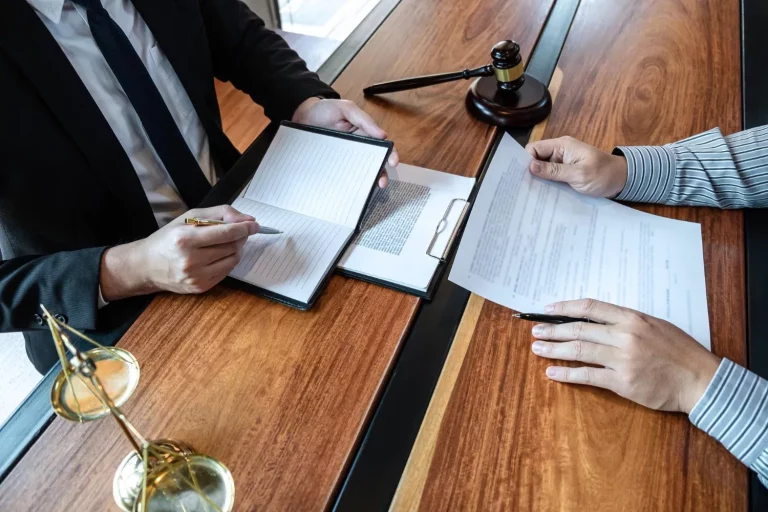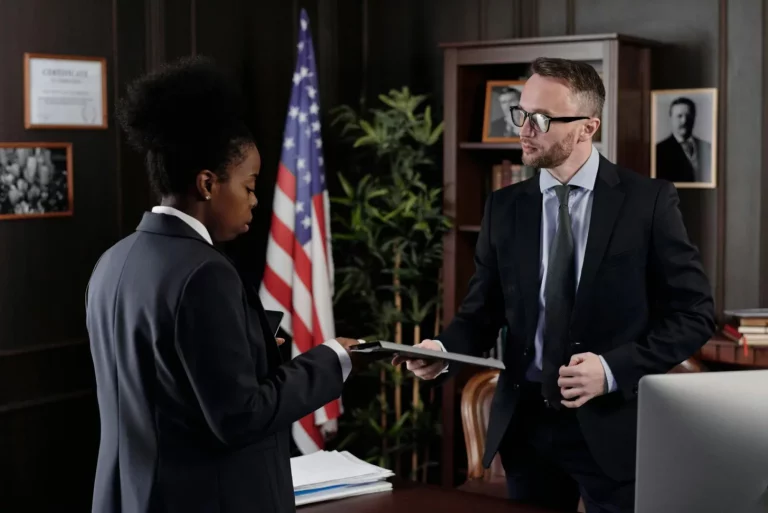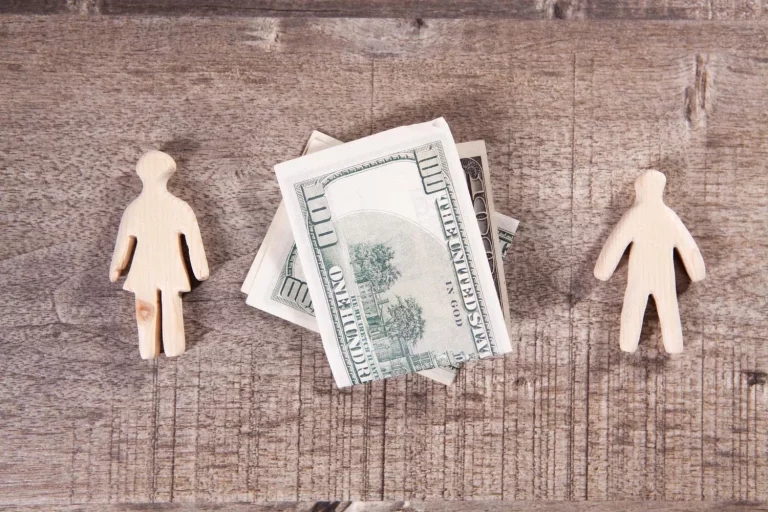Divorce Mediation Process: A Step-by-Step Guide
Have you ever wondered how divorce mediation works? Our team at TheBostonDivorceLawyer is here to guide you. Learn about the process and how it can help you and your spouse find a fair resolution.
Based on the American Bar Association website, divorce mediation is a process where a neutral third party helps couples reach agreements on issues like child custody and division of assets. It is a voluntary process that aims to avoid court battles and promote cooperation among the parties involved.
Introduction
If you think about it, in the first meeting, you’ll usually have the mediator, the couple, and sometimes their lawyers. The mediator’s job is to make a safe and neutral space where both sides can talk about their feelings, worries, and goals.
At the beginning, the mediator will explain the rules and what to expect. This includes how to talk to each other, making sure everyone gets a chance to speak and be heard, and why it’s important to stay respectful throughout the process.
The mediator will also talk about the goals of mediation, like finding a solution that works well for both sides. In other words, this could mean discussing things like child custody, visitation schedules, how to divide assets, and financial support.
The mediator will explain their role and what is expected from each person. The mediator helps with communication, offers guidance, and tries to help the couple find solutions. Each person is encouraged to take part, share their concerns, and work towards agreement.
Benefits
Mediation offers a neutral space for couples to talk and negotiate. It helps them sort out issues like child custody, visitation, and dividing their assets.
With mediation, couples can make their own decisions about their future instead of leaving it up to a judge. This often leads to better and more personalized results that work for both sides. Mediation is also usually cheaper and takes less time than going to court.
Additionally, mediation encourages a friendly and cooperative relationship, which is important for couples who will still need to co-parent their children after the divorce. If you think about it, it can lower conflict and create a calmer situation for everyone involved.
Since mediation is private, couples can discuss sensitive topics without worrying about public exposure. This helps keep their personal information safe and private.
Process
When all is said and done, a mediator helps a couple talk and negotiate to reach agreements during a divorce. This usually means discussing things like splitting up property and debts, deciding on child custody, and arranging spousal support.
The mediator helps the couple look at their choices and understand what might happen based on their decisions. By talking openly and honestly, the couple works together to find solutions that fit both their needs.
Keeping it real, mediation gives the couple more control over their divorce outcomes, letting them make important decisions themselves. Unlike court, mediation is more about working together and less about fighting. The couple can share their concerns and listen to each other’s viewpoints.
The mediator stays neutral and helps the couple reach fair and workable agreements. The main goal of mediation is to improve communication and cooperation, leading to a smoother and more friendly resolution.
Agreements
These agreements can cover topics like child custody, visitation schedules, division of assets, and spousal support. Everyone involved needs to share their needs and concerns to reach an agreement that benefits both sides.
Once both parties agree on the terms in divorce mediation, the agreements become binding. It’s important to make sure all terms are clearly explained and understood to prevent future misunderstandings. The mediator helps by facilitating communication and guiding the parties toward a fair agreement.
In other words, sometimes, reaching an agreement in divorce mediation can be tough, especially if there are strong emotions or conflicts. But with patience, open communication, and a willingness to compromise, both sides can often find common ground.
The aim of divorce mediation is to reduce conflict, lower stress, and make the divorce process smoother. By working together to find solutions that meet both parties’ needs, couples can move forward with their lives more positively. Agreements reached can provide closure and help both parties move on.

Conclusion
This is the last step in reaching a settlement between divorcing couples. During mediation, the mediator helps both parties talk and negotiate to come to an agreement. This usually includes discussing child custody, visitation, dividing assets, and spousal support.
As mediation wraps up, the focus is on finalizing the agreement’s details. The mediator ensures all necessary terms are covered and both parties understand and agree to them. This might mean making changes based on both parties’ input.
Once they agree, the mediator helps write a document listing the terms. Believe it or not, both parties review and sign this document, making it a formal record of their agreement.
Even though formal mediation ends here, the agreement is just the start of the next phase. Both parties need to keep communicating and working together to make sure the agreement works smoothly in the future.
In short, finishing the mediation process means ending formal talks and starting a new chapter. It’s a major step towards resolving the divorce and sets the stage for better cooperation, especially in co-parenting.
In Final Consideration
The divorce mediation process offers a more amicable and cost-effective alternative to traditional litigation.
What TheBostonDivorceLawyers is preferring that you is, by allowing both parties to actively participate in finding mutually beneficial solutions, mediation can help reduce conflict and ensure a smoother transition for all involved.
Overall, divorce mediation can provide a more positive and constructive way to work through the various problems that may occur of ending a marriage.


